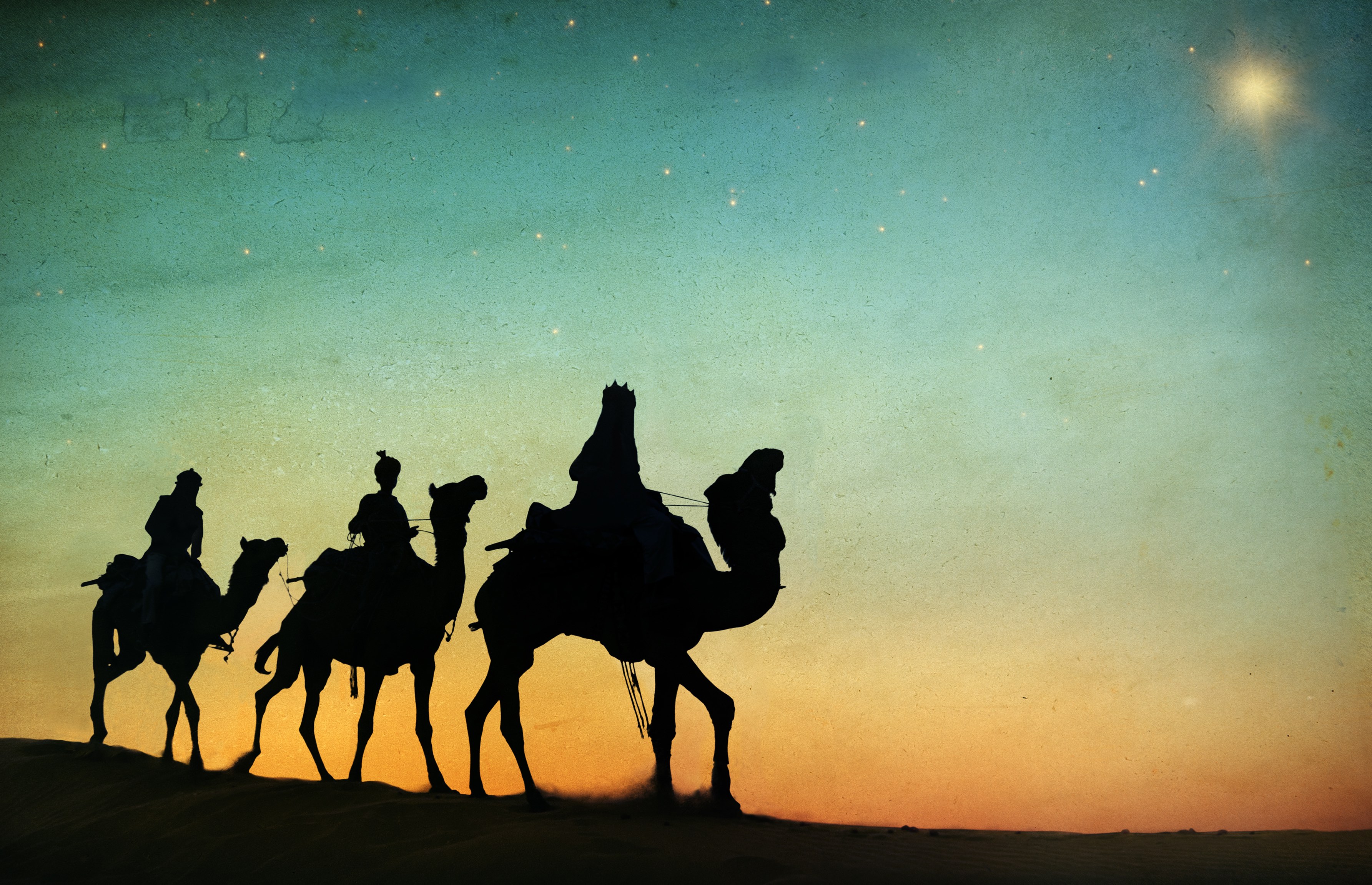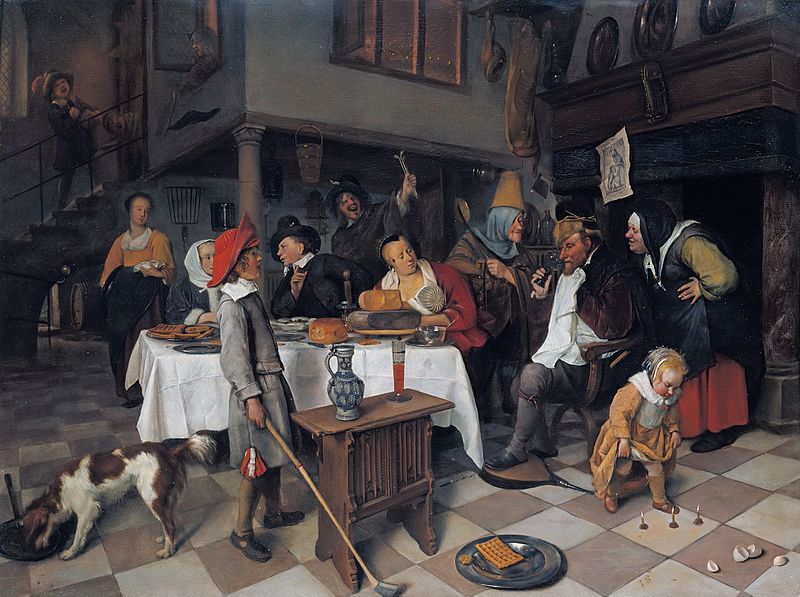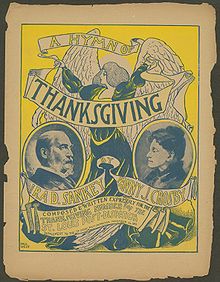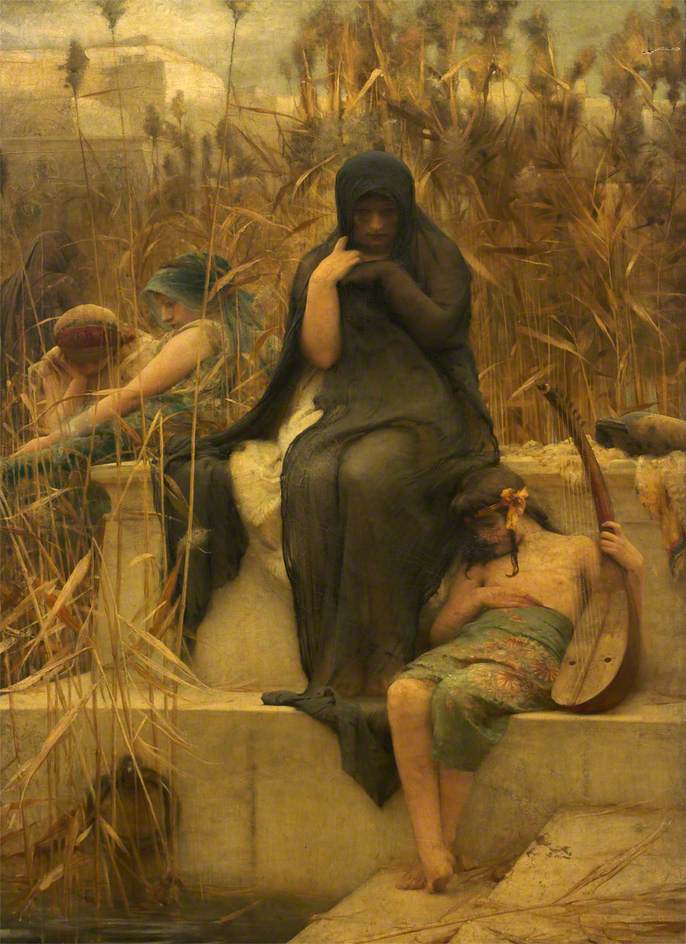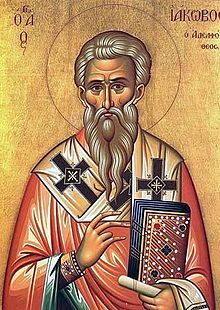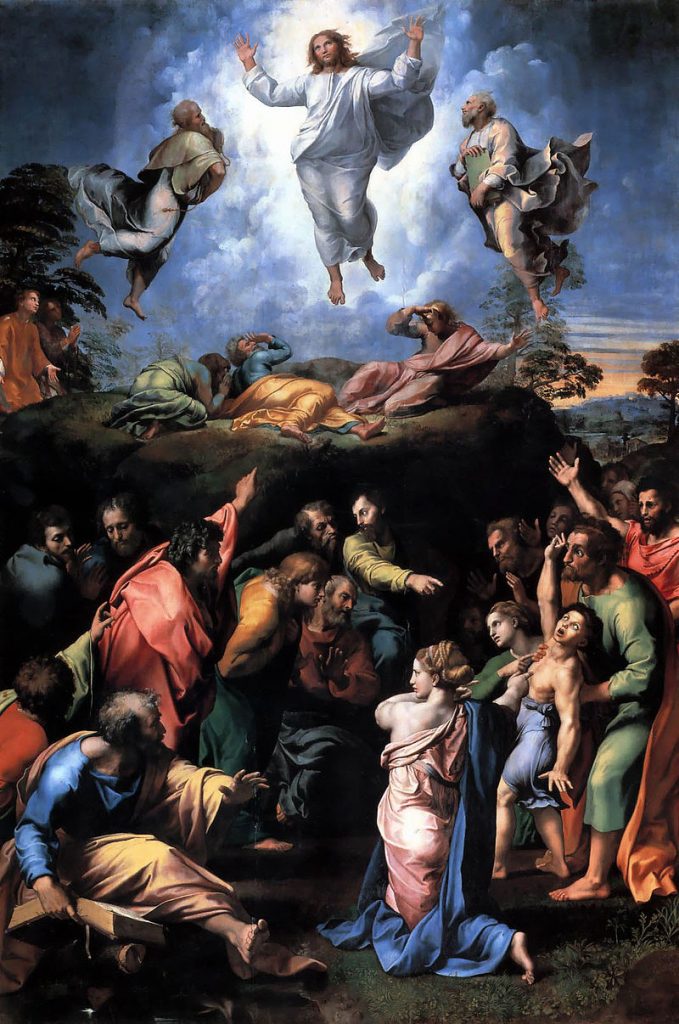
* * * *
Wednesday, February 2, 2022 was the Feast of the Presentation of Jesus at the Temple. Presenting Jesus – as a baby, 40 days after Christmas – followed a 1,000-year-old custom that began with Moses. In Exodus 13:2, God said, “Consecrate to me every firstborn male:”
Counting forward from December 25 as Day One [for Jesus], we find that Day Forty is February 2. A Jewish woman is in semi-seclusion for 40 days after giving birth to a son, and accordingly it is on February 2 that we celebrate the coming of Mary and Joseph with the infant Jesus to the Temple at Jerusalem.
That’s from my post back on February 3, 2017, On the FIRST “Presentation of the Lord.” One point of that long-ago post was that from the time Jesus was “first presented” – at just over a month old – His life became “one long journey to the Second Presentation.” That second “Presentation” happened on Good Friday, when Jesus was about to be crucified.
This year it takes 72 days to cover the journey Jesus took 33 years* to get through. That includes most of Epiphanytide; it started on January 6 and ends on Ash Wednesday. After the night-before Mardi Gras (Shrove Tuesday) comes Ash Wednesday. So March 2 this year starts the Season of Lent. And that ends with Easter Sunday, this year on April 17. (Thus the 72 days.)
That 2017 post also discussed the “once-prevalent custom” in America of churching new mothers, possibly as late as 1979. That too came 40 days after a child was born, and was also called “the churching of Women.” It started – as far as we can tell – back in the Middle Ages, and was still offered by the Catholic Church until the 1960s, then discontinued.
The Anglican Church – back in England – still offers the service, but it seems rarely used.
In America, the old 1928 Book of Common Prayer included the service, but the 1979 Revision of the Book of Common Prayer left it out. Page 305 of the 1928 BCP is titled “The Thanksgiving of Women after Child-birth, (‘Commonly called the Churching of Women’).” The directions call for the new mother to “come into the Church decently apparelled,” and to kneel “in some convenient place.” The Minister would then begin:
Forasmuch as it hath pleased Almighty God, of his goodness, to give you safe deliverance, and to preserve you in the great danger of Child-birth [sic]; you shall therefore give hearty thanks unto God, and say…
The new mother would then recite “Dilexi, quoniam, Psalm cxvi,” which we now know as Psalm 116. Which all brings up two thoughts. One, about just how dangerous it was for women to have babies “back in the good old days,” and two, about just how old I am. I still have the 1928 Prayer Book that my grandmother gave me, for Confirmation, on December 22, 1963.
But enough obscure history. I also wrote about this Feast Day three years ago in “The LORD is a God of knowledge” – The Presentation, 2019. That post talked about Jesus being presented – at the Temple in Jerusalem – “to officially induct him into Judaism.” And that as celebrated by many Christian churches today, it’s also known as Candlemas. Then came these thoughts:
There’s more later, but first a word about one of the Daily Office Readings for this February 2 Feast. [Like] 1st Samuel 2:3, “For the LORD is a God of knowledge.” Which – taken together with Isaiah 27:11 – means that “therefore mercy is to be denied to him who has no knowledge.” And that’s a bit of Bible law that may well affect the many today who label anything they disagree with – or that contradicts some cherished beliefs – as “Fake News.”
In hindsight, it seems that I – like many other Christians – was a lot more confrontational back in 2019. But since then I’ve tried to amend my ways. (Can you say “He’s Still Working on Me?”)

Or maybe a work in progress, like the English language…
Then I posted The “Presentation of our Lord” – 2020. And a note, that post came some 42 days “B.C.” As updated, that would be “42 days Before COVID.” As explained in the notes, I calculate the first full week of the COVID as beginning on Sunday, March 15, 2020. (A time of innocence and crowd-gathering that now seems so “long ago and far away…”)
But we digress…
Back to The Presentation … 2020. It talked a bit about Mardi Gras, or Shrove Tuesday, which comes this year on March 1. (The day before Ash Wednesday.) One point? That way too many see Mardi Gras as just another excuse to party, with no connection to religion or spirituality.
The bad news – to some – is that Mardi Gras is followed immediately by Lent, a “solemn religious observance,” 40 days of atonement, prayer, penance, repentance, almsgiving and self-denial. And incidentally, that’s not 40 days straight of “self-denial.” You get Sundays off to enjoy whatever it is you’ll be giving up for Lent.
As to that last assertion, see OMG! Is it time for Lent again? That is, there are actually 46 days of Lent: 46 days between Ash Wednesday and Easter Sunday, not 40. That’s because Sundays in Lent are essentially “days off,” when you can still enjoy whatever it is you’ve “given up.”
Which leads to a final note of interest: That generally the February 2d “Presentation” comes roughly halfway into the Season of Epiphany. Which this year ends with Ash Wednesday, on March 2. Which leads – as noted – to both Lent and Easter. And that also leads to what could be called the “Second Presentation of Jesus.” That is, Ash Wednesday leads to Good Friday, with Jesus about to be crucified – for us and our shortcomings – as illustrated below…
Which is all part of the Christian pilgrimage, with cycles of both fasting and feasting. “In further words, by reading and studying the Bible on a regular basis, the good Christian can both relish the good things that come along in life, and get through the challenging parts as well.”
* * * *
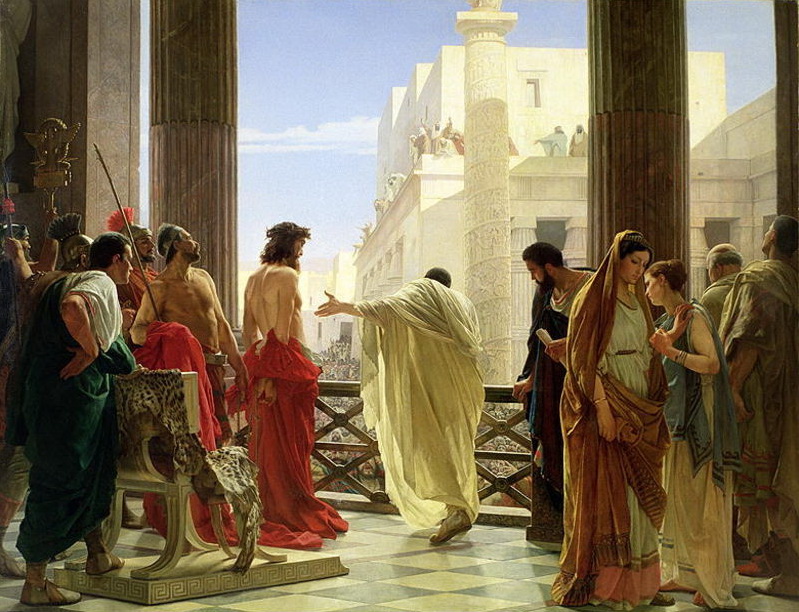
* * * *
The upper image is courtesy of Presentation of Jesus in the Temple – Image Results. It accompanies an article from the Česká katolická misie v Kalifornii, translated as the “Czech Catholic Mission in California.” The article discussed “Candlemas, also known as the Feast of the Purification of the Blessed Virgin Mary and Feast of the Presentation of our Lord Jesus, is a Christian holiday commemorating the presentation of Jesus at the Temple.” It did not identify the painting.
Re: The date of Good Friday this year. See Good Friday 2022 – Calendar Date.
Re: Jesus and 33 years. See A Jesus year birthday at 33 | Guideposts, but also How old was Jesus when He died? | GotQuestions.org: “The Bible does not say how old Jesus was when He died. Further, the Bible does not give the date of Jesus’ birth or the date His death.” But the article concluded that Jesus was likely born “between 6 and 4 BC. The same comparison leads us to believe that Jesus was likely crucified in AD 30, although it is also possible that Jesus was crucified in AD 33.” Thus the estimate that Jesus was in His 30s – “somewhere between 33 and 39 years old” – when He died. See also La symbolique du nombre 33 – Metaphi News, supporting the assertion that 33 is “l’age du Christ.”
Another note: I ended the “72 days” at Good Friday, not Easter Sunday.
The standard 1928 Book Of Common Prayer, including my 1963 copy, measures a pocket-sized 4-by-6 inches. Despite the inherent small type, it’s still easy to read. (If you like Shakespearean English.)
Re: First full week of COVID. See On St. Philip and St. James – May, 2020. There I explained that, to me, “the pandemic hit full swing – the ‘stuff really hit the fan’ – back on Thursday, March 12,” when the ACC basketball tournament got cancelled, along with other major sports. “So my definition of the ‘First Full Week of the Covid-19 Pandemic’ has it starting on Sunday, March 15,” 2020.
Re: “Fasting and feasting.” See On the Epiphany SEASON – 2022.
The lower image, courtesy of Pontius Pilate – Wikipedia, was featured in The “Presentation of our Lord” – 2020. The Wikipedia caption: “Ecce Homo (‘Behold the Man’), Antonio Ciseri‘s depiction of Pilate presenting a scourged Jesus to the people of Jerusalem.”
* * * *
